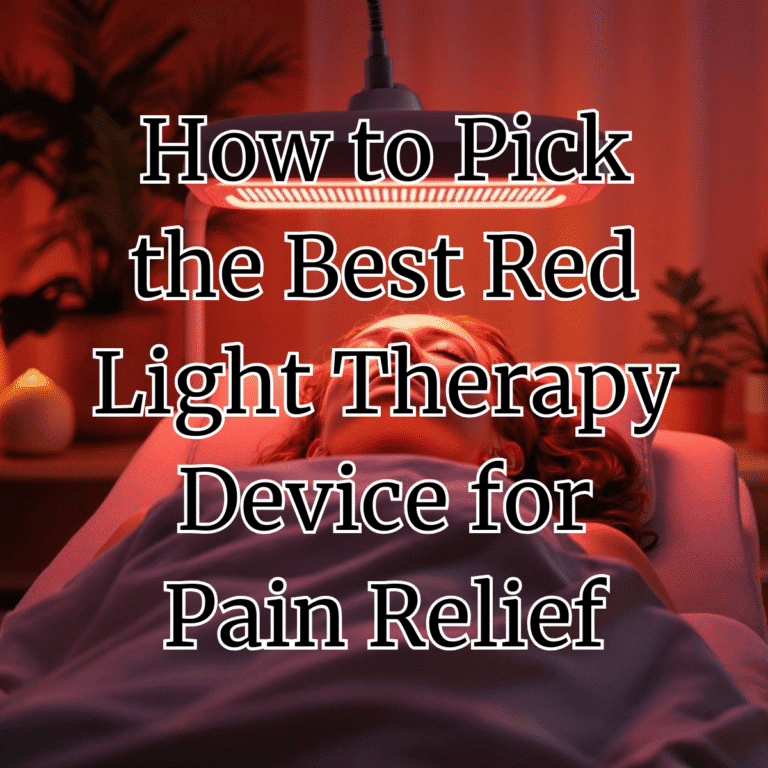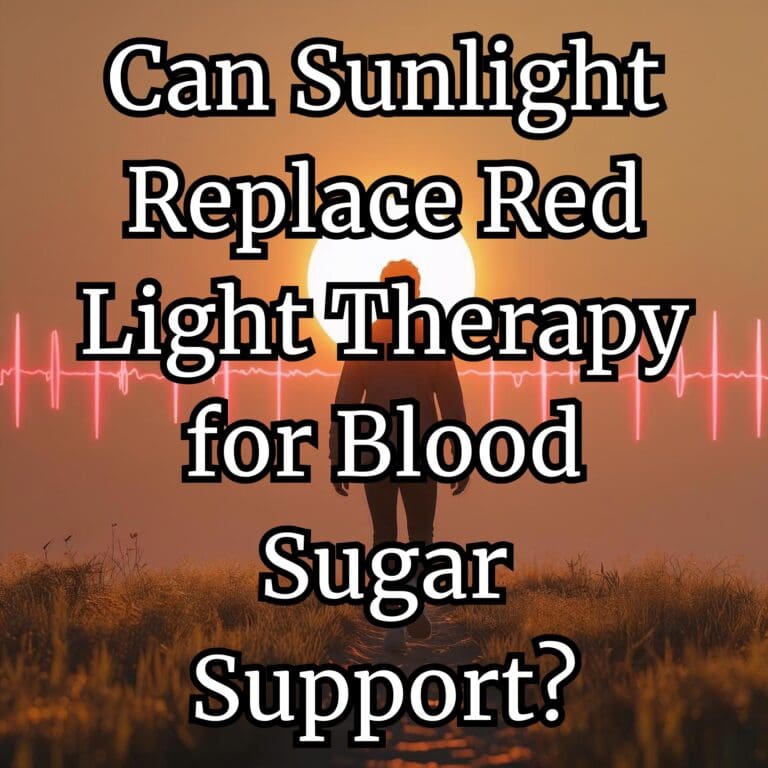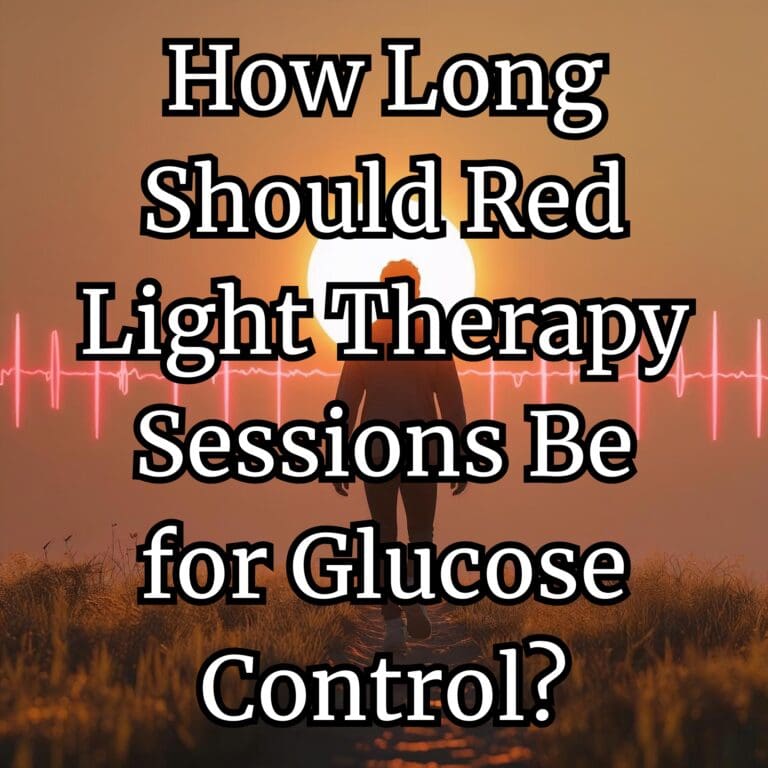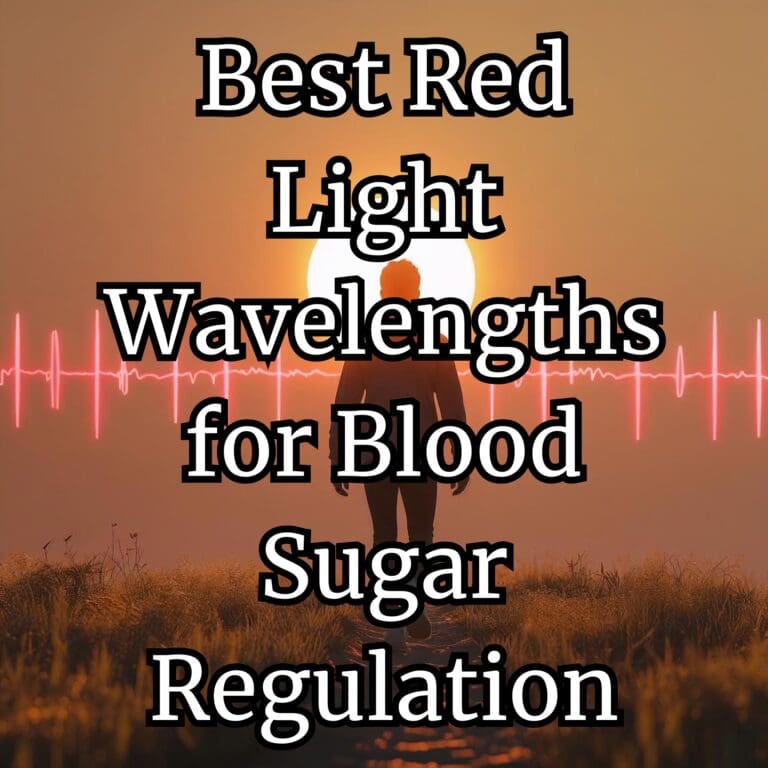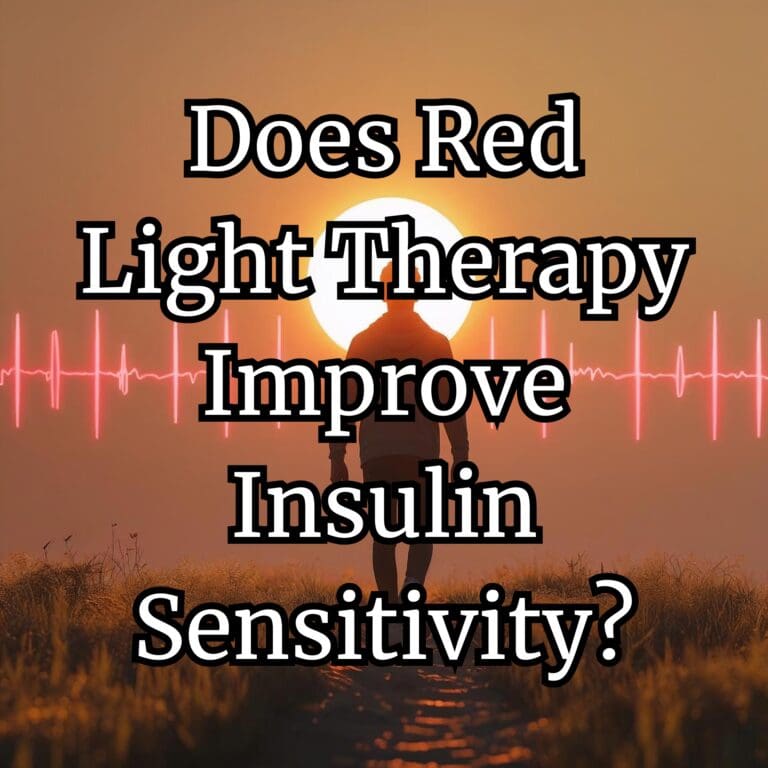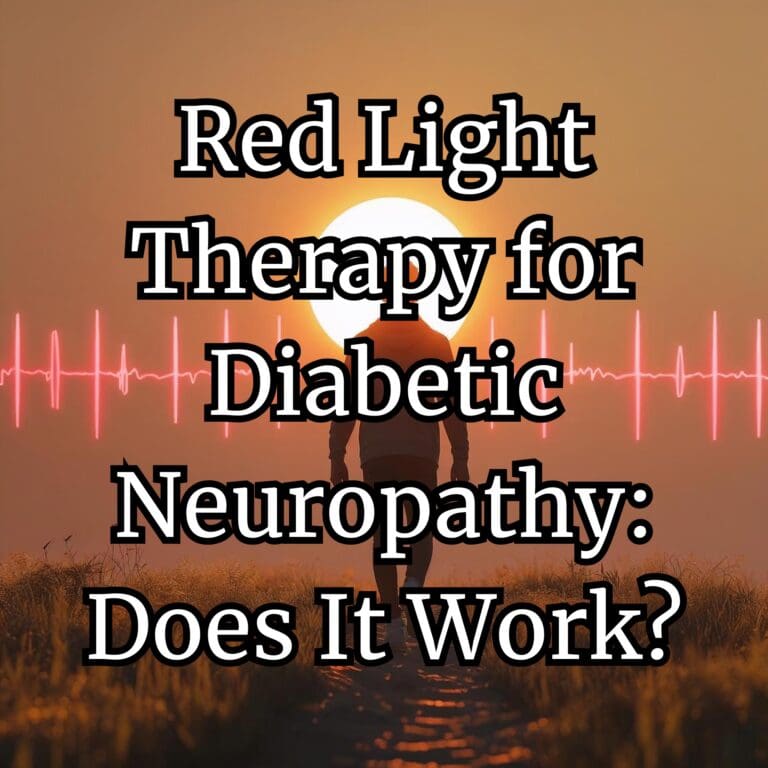What’s the Difference and Which One Do You Need?
If you’ve been researching light therapy devices, you’ve probably come across two common terms: Red Light and Near-Infrared (NIR) Light. While both fall under the umbrella of photobiomodulation (PBM) and offer therapeutic benefits, they are not identical in how they work or what they treat.
In this article, we’ll explain the differences between red and near-infrared light, when to use each, and why combining them can produce the best results.
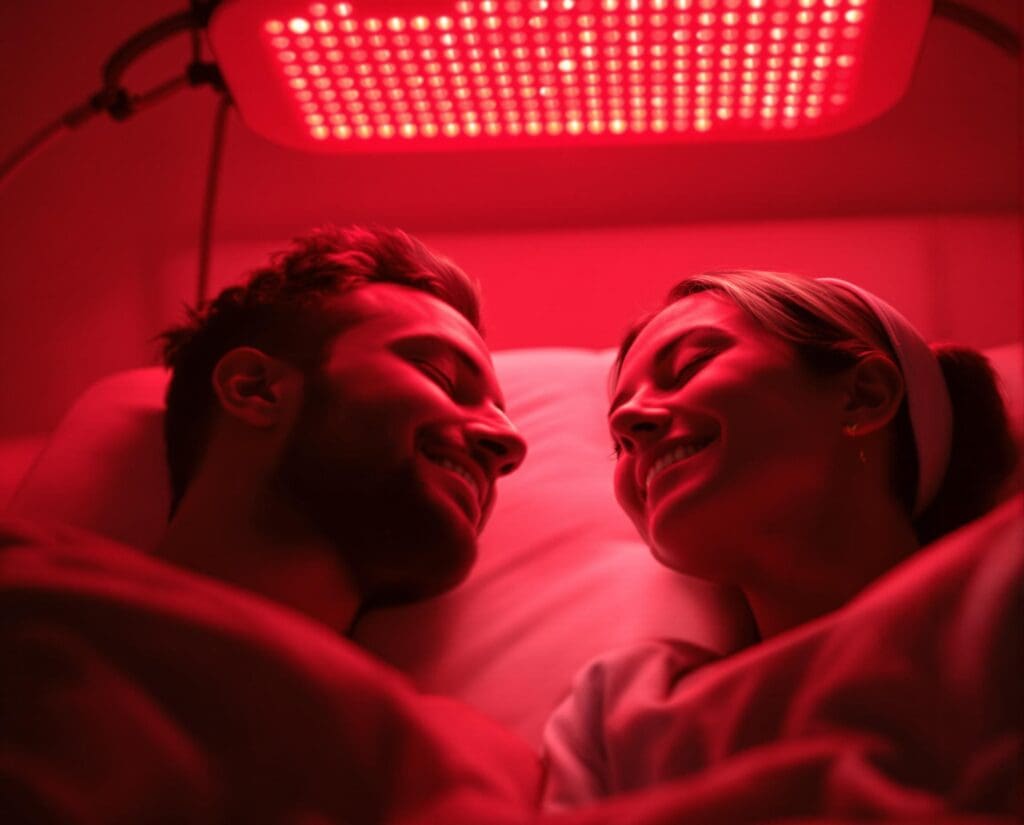
Understanding the Light Spectrum
Light therapy uses specific wavelengths of light measured in nanometers (nm). The visible and near-visible light ranges used in therapy typically include:
- Red Light: 620–680nm
- Near-Infrared Light: 800–850nm
While red light is visible to the human eye, near-infrared light is invisible but penetrates deeper into the body.
Key Differences Between Red and Near-Infrared Light
| Feature | Red Light (620–680nm) | Near-Infrared Light (800–850nm) |
|---|---|---|
| Visibility | Visible (red glow) | Invisible to human eye |
| Penetration depth | 1–2 mm (upper skin layers) | Up to 50 mm (deep tissues, joints, muscles) |
| Best for | Skin health, anti-aging, surface healing | Pain relief, inflammation, muscle & joint recovery |
| Feel | Gentle warmth | Mild heat sensation (if any) |
| Devices | Often used in LED face masks, panels | Used in panels, handhelds, therapy beds |
Red Light: Surface-Level Benefits
Red light is ideal for topical treatments because it targets the skin’s surface and just below it. It is best used for:
- Stimulating collagen and elastin production
- Reducing wrinkles and fine lines
- Enhancing skin tone and texture
- Promoting wound healing and reducing scars
- Treating acne and rosacea
Skin Rejuvenation
Red light therapy is a favorite in beauty clinics and home-use panels because it helps restore a youthful glow naturally, without invasive procedures.
Near-Infrared Light: Deeper Healing Power
Near-infrared light penetrates deeper than red light, reaching muscle, joint, and connective tissues. It’s more effective for:
- Reducing inflammation at a cellular level
- Relieving pain in joints and muscles
- Accelerating muscle recovery after workouts
- Improving circulation and mitochondrial function in deeper tissues
- Supporting brain health and potentially cognitive performance
Pain and Recovery
Athletes, physical therapists, and people managing chronic pain often choose NIR light for its deeper tissue effects.
Which One Should You Use?
✅ Use Red Light if:
- Your focus is skin health, anti-aging, acne, or wound healing
- You want visible improvements in texture and complexion
- You’re treating areas close to the surface
✅ Use Near-Infrared Light if:
- You need relief from muscle or joint pain
- You’re working on inflammation, recovery, or circulation
- You’re addressing deep tissue concerns (e.g. arthritis, back pain)
💡 Best Option: Use Both Together
Many full-body red light therapy panels combine red and near-infrared LEDs. This way, you treat both surface-level skin issues and deeper cellular imbalances at the same time.
Combining the two:
- Enhances blood flow
- Supports holistic healing
- Maximizes results for both beauty and recovery
Safety and Side Effects
Both red and near-infrared light therapies are non-invasive, painless, and have minimal side effects. Always:
- Follow your device’s usage guidelines
- Start with short sessions (5–20 minutes)
- Avoid direct eye exposure, especially with high-intensity devices
✅ FAQ: Red Light vs Near-Infrared Light
Final Thoughts
Red light and near-infrared light are powerful healing tools, each with unique strengths. Red light rejuvenates the skin and stimulates collagen, while near-infrared penetrates deeply to soothe pain, reduce inflammation, and support recovery.
For most users, the ideal approach is combining both in a single therapy session using a dual-spectrum device. This ensures you get comprehensive benefits, whether your goal is better skin, pain relief, or overall wellness.
📩 Have questions about which type of device is right for you? Contact us or check out our recommended panels and masks coming soon.
References
- Avci P, Gupta A, Clark J, et al. Low-level laser therapy in skin. Seminars in Cutaneous Medicine and Surgery. PMC
- Hamblin MR, Demidova TN. Mechanisms of low level light therapy. Proc. SPIE. PubMed
- Whelan HT, et al. Effect of LED irradiation on wound healing. J Clin Laser Med Surg. PubMed
- Zein R, Selting W, Hamblin MR. Light parameters in photobiomodulation efficacy. Photomed Laser Surg. PubMed
- Joovv. Red vs Near Infrared Light. Joovv Blog
